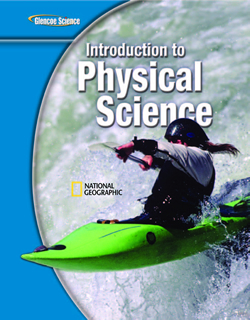1 A) activation energy B) concentration C) atomic number D) chemical formula 2 A) exotherm B) catalyst C) endotherm D) inhibitor 3 A) The law of conservation of matter B) Synthesis C) A physical law D) A chemical equation 4 A) A rate B) A balanced chemical equation C) Age D) Speed 5 A) A letter E appears in boldface type over the arrow. B) The word energy is written as a product. C) A Greek letter, gamma, is drawn over the arrow. D) The word energy is written as a reactant. 6 A) stop B) speed up C) continue at the same rate D) slow down 7 A) in a chemical reaction, efforts should be made to preserve rare elements without changing them B) in a chemical reaction, matter is not created or destroyed, but is conserved C) in a chemical reaction, the final mass of the products is always greater than the starting mass of the reactants D) matter can be created and destroyed but does not change forms 8 A) reactants B) numbers in front of the chemical formulas C) products D) precipitates 9 A) iron B) water C) oxygen D) rust 10 A) The products are more stable. B) The bonds of the products have more energy than those of the reactants. C) The energy released is always in the form of heat. D) The products are less stable. 11 A) inhibitor B) enzymes C) catalyst D) endotherm 12 A) There are the same number of atoms of each element on both sides of the equation. B) The solid products weigh the same as the reactants. C) The reactants and the products are written with the same coefficients. D) The number of reactants is equal to the number of products. 13 A) chemical change B) chemical fusion C) nuclear reaction D) physical change 14 A) The reactants are more stable. B) The bonds of the reactants have more energy than those of the products. C) The energy supplied is always in the form of electricity. D) The reactants are less stable. 15 A) always equals the mass of the reactants B) is twice as great as the mass of the reactants C) is less than the mass of the reactants D) cannot be predicted based on the mass of the reactants 16 A) how electrons are arranged B) what elements it contains C) how stable the compound is D) what type of chemical bond it forms 17 A) Inhibited B) Catalyzed C) Endothermic D) Exothermic 18 A) hydrogen peroxide B) hydrogen oxide C) oxygen and water D) hydrogen and oxygen 19 A) energy of inhibition B) energy requirement C) activation energy D) energy of catalyzation 20 A) coefficients B) products C) resultants D) reactants














